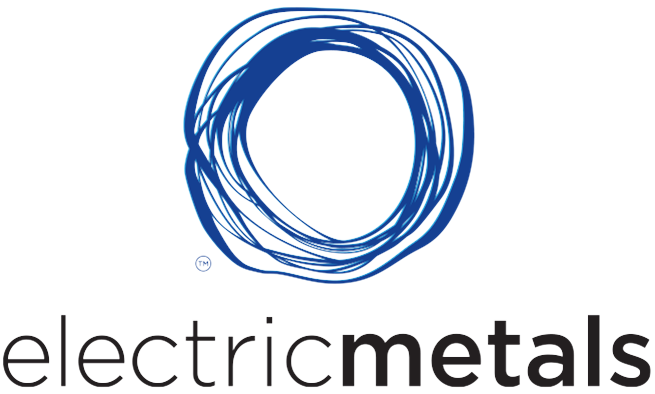
Introduction
As the global push for sustainability accelerates, the Manganese Market 2025: Rising EV Battery Demand and Supply Chain Shifts Drive Recovery is poised for significant growth, driven by the electric vehicle (EV) revolution and shifting supply chain dynamics. Manganese, a critical component in lithium-ion batteries, is emerging as a cornerstone of the clean energy transition. This article explores the key trends, challenges, and opportunities shaping the manganese market this year.
Manganese as a Battery Metal
Manganese is a vital material in the production of nickel-manganese-cobalt (NMC) batteries, which power a significant percentage of modern EVs. As automakers ramp up EV production to meet government mandates and consumer demand, the need for high-purity manganese is skyrocketing.
- Fact: The global EV battery market is projected to grow at a CAGR of 17.2% from 2023 to 2030, driving unprecedented demand for battery-grade manganese.
- Key Insight: Countries like China and South Korea, dominant in battery manufacturing, are leading the way in manganese procurement and innovation.
The Role of Manganese in the EV Revolution
EV Sales Propel Manganese Demand
The International Energy Agency (IEA) forecasts that EV sales will surpass 14 million units globally in 2025, up from 10 million in 2023. This surge is creating a ripple effect throughout the manganese supply chain, influencing mining, processing, and recycling.
Supply Chain Shifts and Market Recovery
Diversification of Supply Sources
Traditional manganese suppliers are facing mounting pressure to increase output and improve sustainability practices. Meanwhile, new mining projects in Africa, Australia, and South America are entering the spotlight as companies aim to diversify their supply chains.
- Example: South Africa, which holds over 40% of the world’s manganese reserves, is investing heavily in infrastructure to meet rising global demand.
- Trend: Strategic partnerships between mining companies and EV manufacturers are becoming more common to secure long-term supply.
Technological Advancements in Processing
Innovations in manganese refining are reducing production costs and environmental impact. Companies are exploring methods like hydrometallurgy to produce battery-grade manganese more efficiently.
Challenges Facing the Manganese Market
Geopolitical Risks
Trade tensions and geopolitical instability in key mining regions pose risks to manganese supply chains. Industry players are advocating for transparent and ethical sourcing practices to mitigate these challenges.
Environmental Concerns
The environmental footprint of manganese mining and processing remains a concern. Stricter regulations and rising demand for sustainable practices are reshaping industry standards.
Conclusion: Actionable Insights for Stakeholders
The Manganese Market 2025 presents a mix of opportunities and challenges. Here’s what stakeholders should consider:
- Invest in Innovation: Companies should prioritize R&D to enhance manganese extraction and processing technologies.
- Forge Strategic Partnerships: Collaboration between miners, battery manufacturers, and automakers can ensure a stable supply chain.
- Adopt Sustainable Practices: Implementing eco-friendly methods can boost brand reputation and comply with global regulations.
By addressing these factors, businesses can capitalize on the booming manganese demand driven by the EV revolution and position themselves for long-term success.